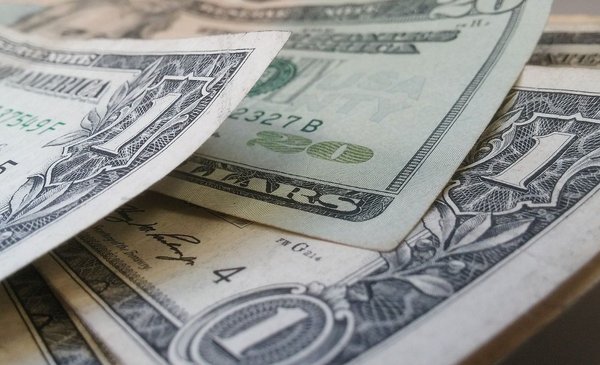The analysts and public and private institutions that participated in the Central Bank (BCU) expectations survey revised slightly upwards their forecasts for inflation for the Uruguayan economy, after two consecutive falls.
For the end of the year the median of responses projects inflation of 7.19%, from an expected 7.12% in January. Meanwhile, inflation expected for the 24-month horizon –relevant for monetary policy– now stands at 6.7%, one decimal more than the previous month.
This week and after 12 consecutive increases, The BCU’s Monetary Policy Committee maintained the monetary policy interest rate (TPM) at 11.5%, while noting that agents’ expectations began “a convergence process”.
In addition, he noted that the drought hIt has begun to have an impact on agricultural activity and food prices, but with an impact that would be “transitory.”
less growth
The lack of water that affects agricultural production will be reflected in the performance of the economy during this 2023. Lhe latest projections presented by the Executive Branch suggest that activity will grow again this year, but at a rate of 2%. The figure is one percentage point below that stipulated in the last Accountability.
The Minister of Economy, Azucena Arbeleche stated on Wednesday that in the face of the “great uncertainty” derived from the impact of the drought, 2% growth is the best estimate available to date.
On this level, private analysts are a little more optimistic and today they foresee an expansion of 2.45% for the year in the median of responsesalthough that figure is half a point below what was forecast last November (3%).
the value of the dollar
The dollar It was quoted this Thursday with a rise of 0.57% in the exchange market and was located at $39.57 in the interbank average. What can be expected for the coming months?
The analysts who responded to the BCU query expect an exchange rate of $40.64 by the end of June, and $42 by the end of the year, almost $2.5 more than the current value.
A report from the Capitaria Uruguay firm to which he agreed The Observerpointed out that a scenario of lower growth in the economy, and inflation “under control” could lead to a more moderate policy by the BCU, ending the process of raising rates.
“The Uruguayan peso has been favored by the increase in rates, because the performance of placements in pesos is more attractive to investors compared to the performance that they could have in dollars. Therefore, by leaning towards the local currency, the demand and the price of the dollar in our country decreases”. (…) A change of scenario in which rates begin to fall and the BCU’s monetary policy is moderated could reverse the downward trend of the Uruguayan peso against the dollar”, said analyst Álvaro Benvenutto.

















